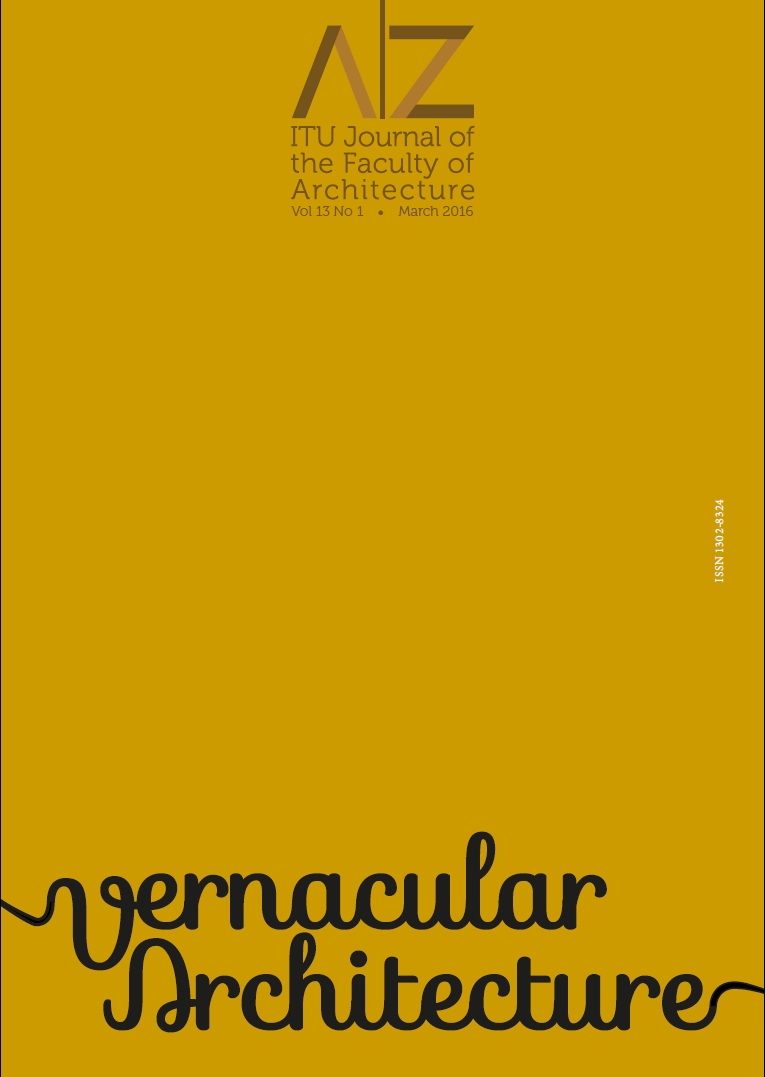Abstract
Historic urban quarters which are vital for the physical, economic and socio-cultural sustainable development of cities, are subject to fast paced changes due to the effects of globalization and rapid urbanization. Preventing the negative effects of urbanization and globalization and maintaining the unique identity of historic urban quarters for the future can only be possible by means of sustainable revitalization strategies which involve all relevant stakeholders in a holistic approach. Even though there is extensive research that focuses on the environmental, socio-cultural and economic dimensions of sustainable revitalization strategies, relatively fewer studies specifically deal with the user perceptions, images and opinions. By considering local people as a valuable resource, the aim of this paper is to assess users' role in sustainable revitalization. Khans District which is not only a historic but also a commercial and cultural center of the city of Bursa has been chosen as a case due to the ongoing transformation of this district. Methodologically, cognitive mapping and survey questionnaires have been used to obtain data. The findings showed that user sourced data can contribute to the physical, social, economic and governance dimensions of sustainable revitalization strategies. This data can also influence (1) the determination of aims and targets, (2) planning and design and (3) the management stage of sustainable revitalization process. Consequently, as a valuable resource, it has been found out that users' perceptions, images and opinions can provide important data for sustainable revitalization.

